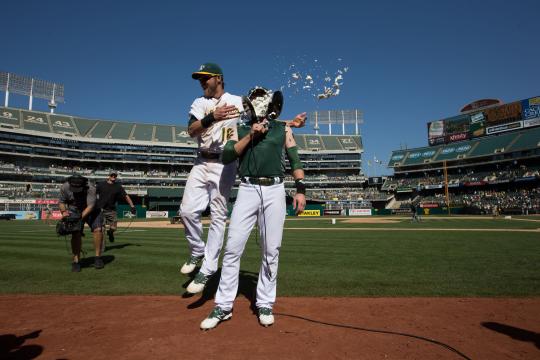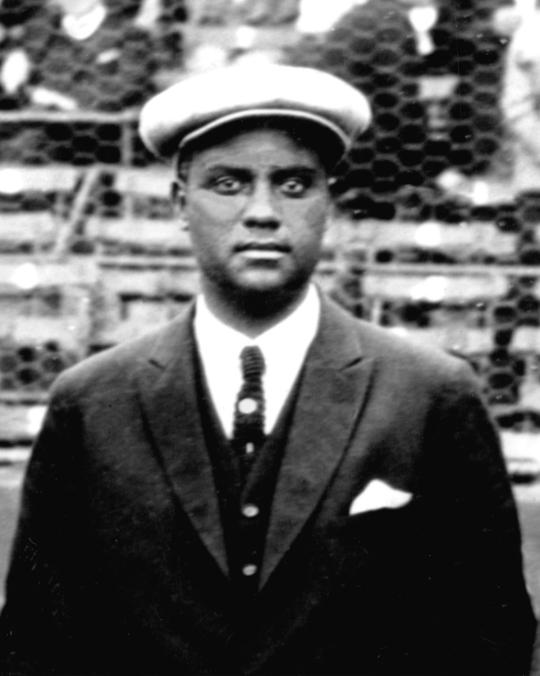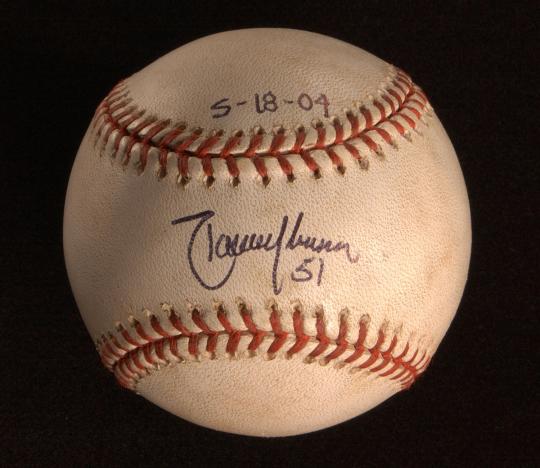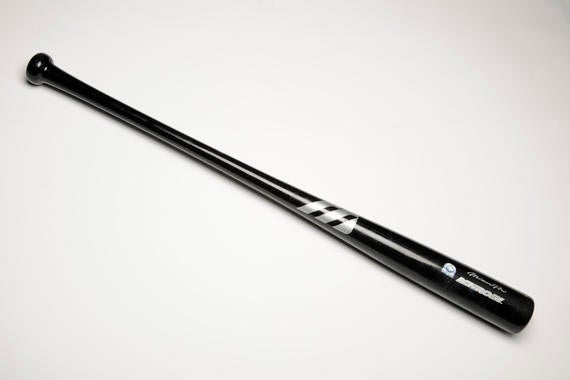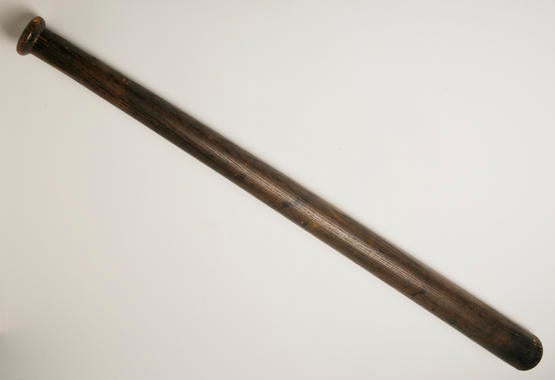Get Your Geek On: Pi Day with the Hall
Baseball has always been a game about numbers. There is a special relationship between the sport and its statistics, and no numerical element too small for further examination. March 14th will present a unique opportunity for stat geeks and number nerds. Why, you ask? Well, March 14th is National Pi (π) Day, the date when we recognize the magical and mystical mathematical constant of 3.14.
National π Day is celebrated by a number of organizations across the nation, and we are pleased to join with them. A list of helpful websites can be found at the end of this page.
Let the celebration commence.
Baseball Pi-volities
Baseball’s Pi-Babies
For those lucky enough to have been born on March 14, they carry the designation as being π-babies, and only 48 major league players can claim this moniker. Here is our selection for the all-time, all-π-baby team:
Baseball’s Pi-Died Team
Baseball Pi-challenges
Challenge No. 3: Baseball π -Ku
In literature, haiku is a form of Japanese poetry totaling 17 syllables in three lines, with a 5-7-5 syllable pattern. π-ku consists of eight syllables in three lines, with a 3-1-4 pattern.
Here is an example of baseball π-ku:
Baseball is
our
national game
Can you write a baseball π-ku?
More Pi Resources
Teachers and students are encouraged to discover more about π and its importance to math and science. Like π, the possibilities are infinite.
Here is a list of web sites where further examinations may be conducted:
National Pi Day
San Francisco Exploratorium
Harvard University Mathematics Department
National Pi Day Organization
Joy of Pi
National Public Radio
Thanks to Dave Smith and Retrosheet.org for his assistance in locating player data for this article.

